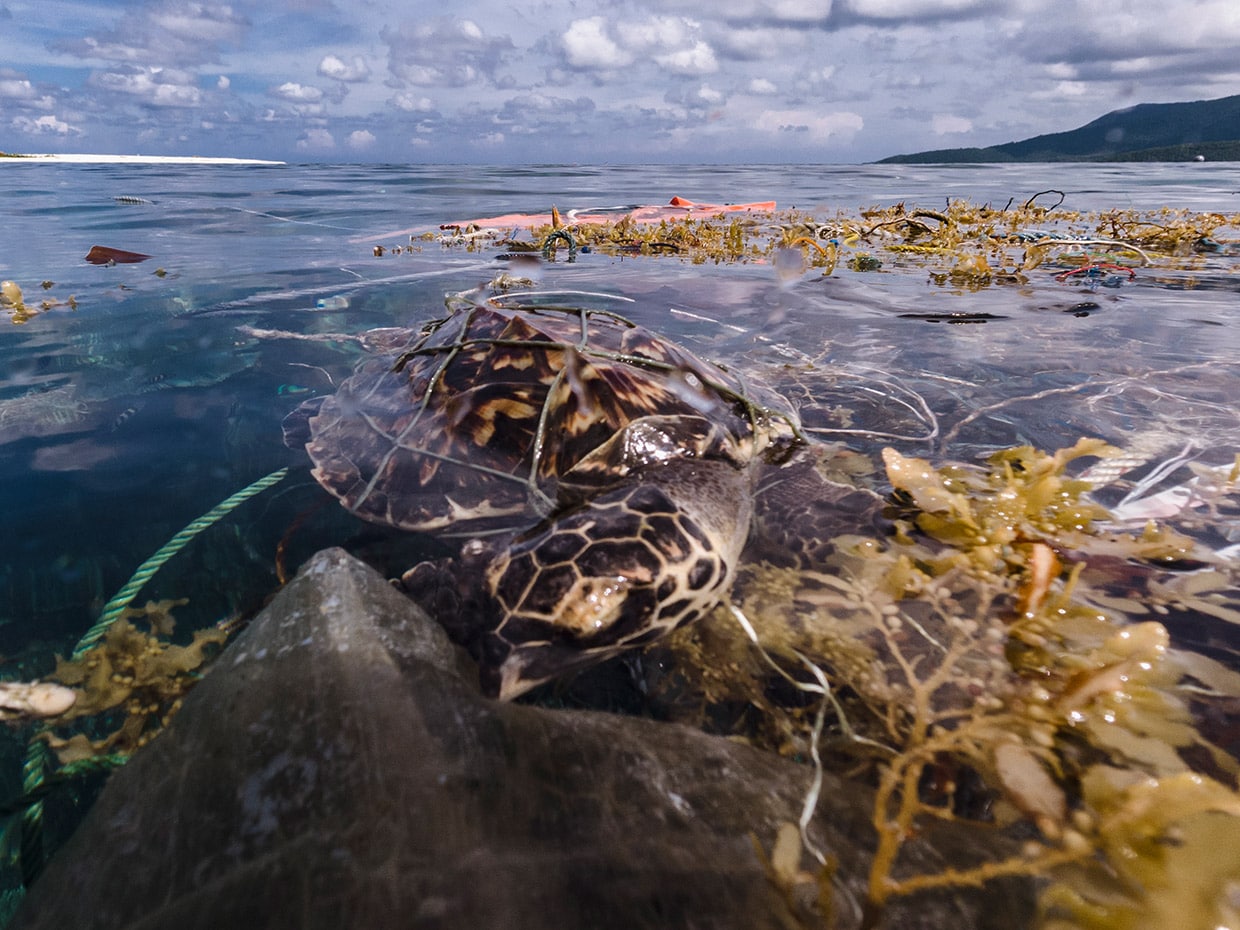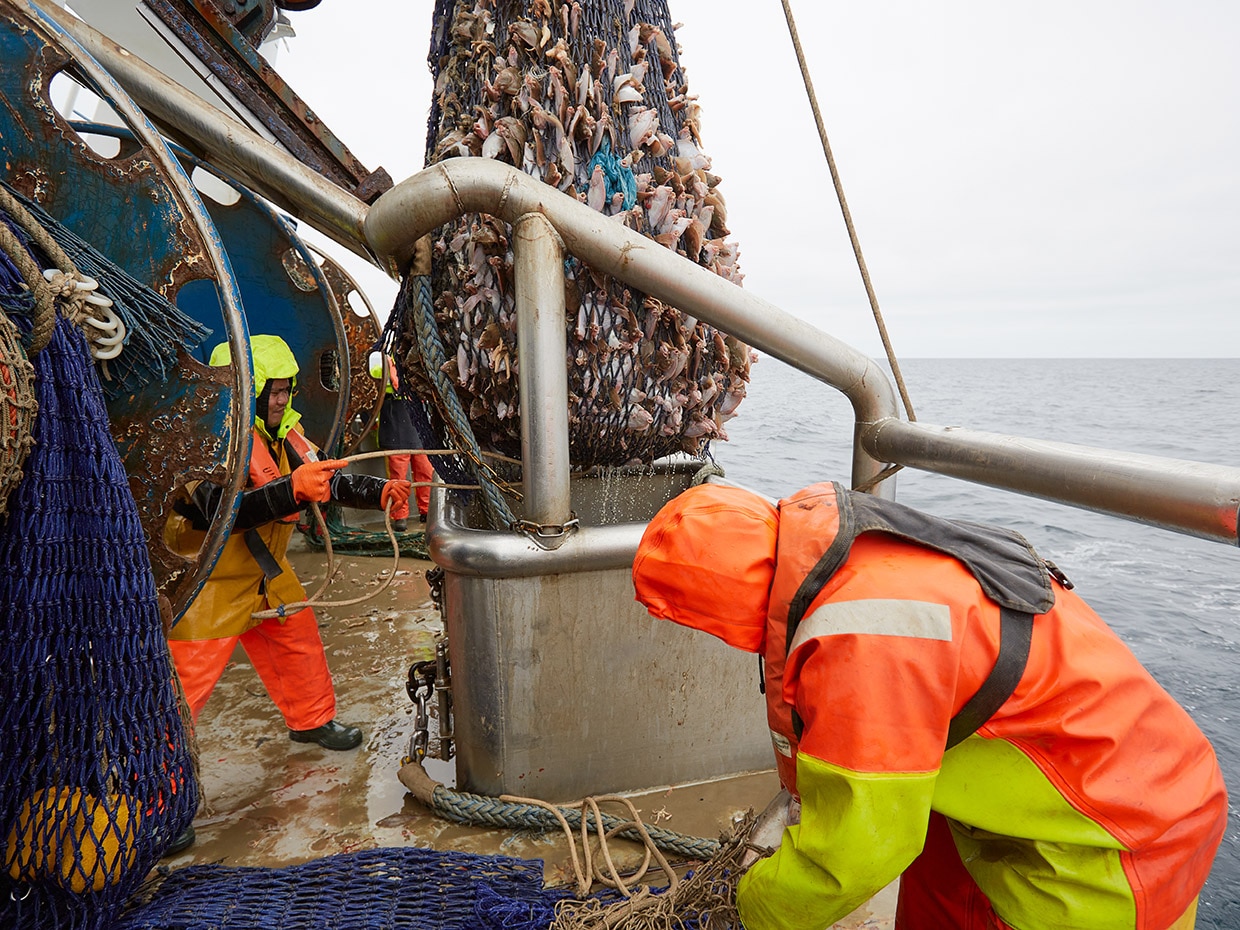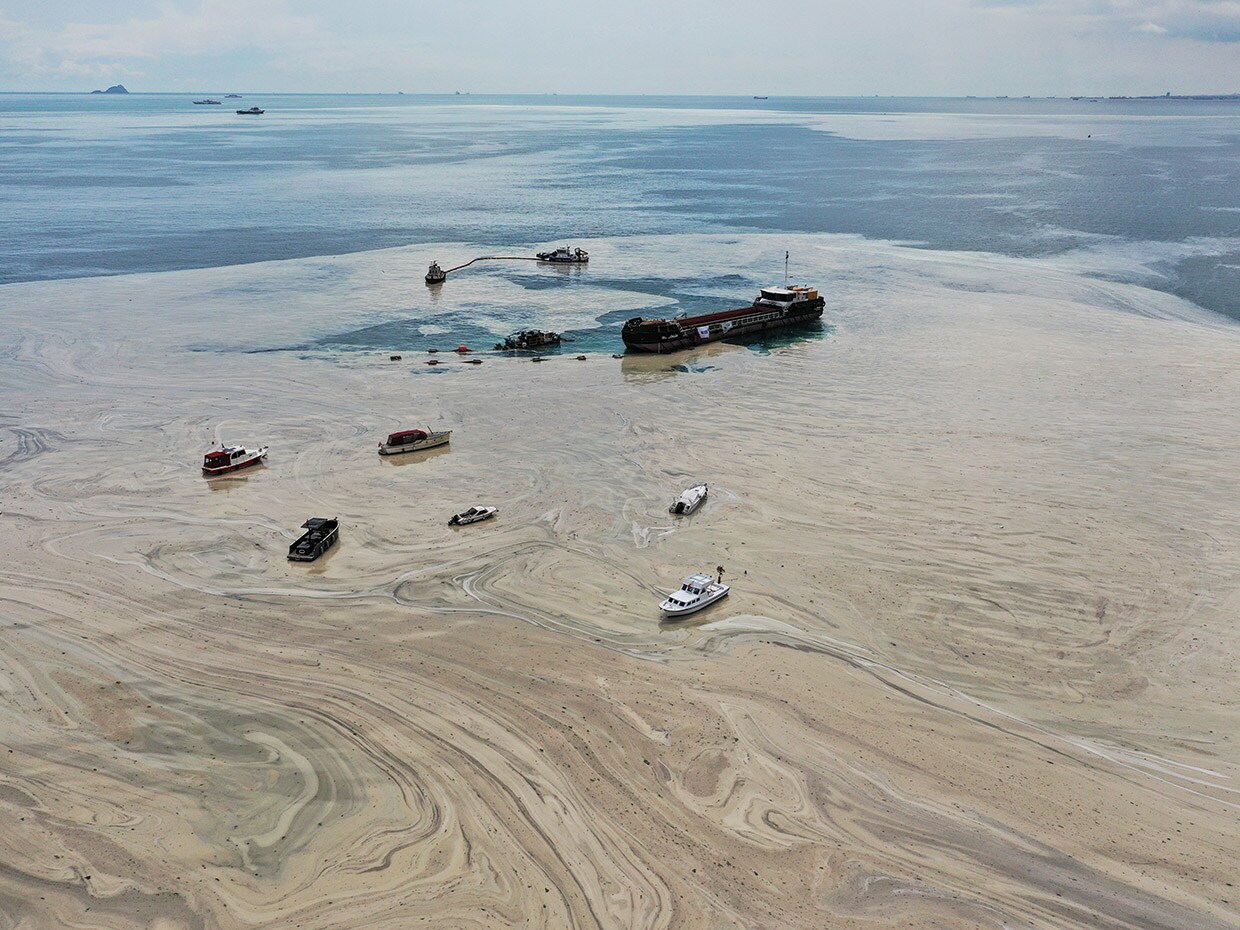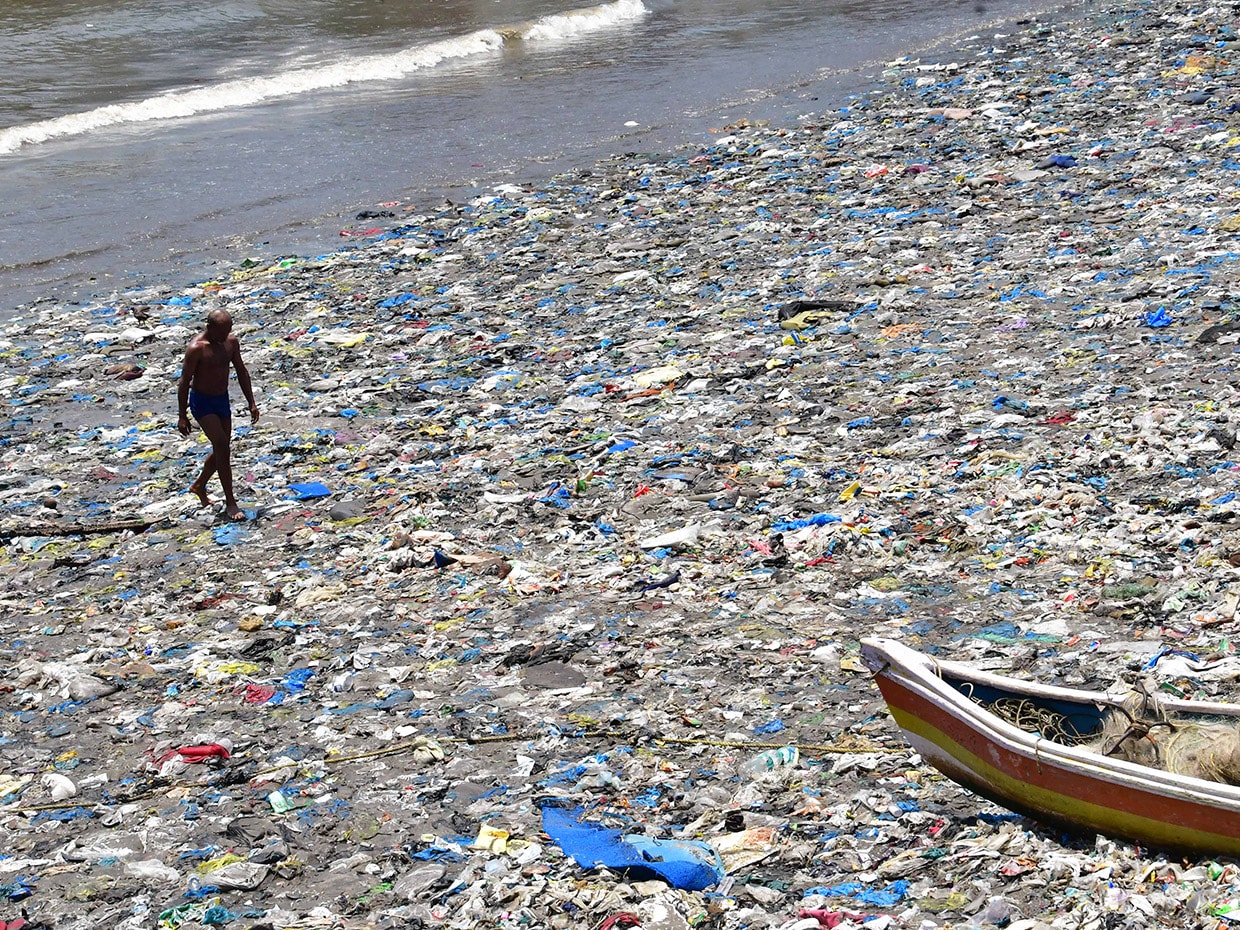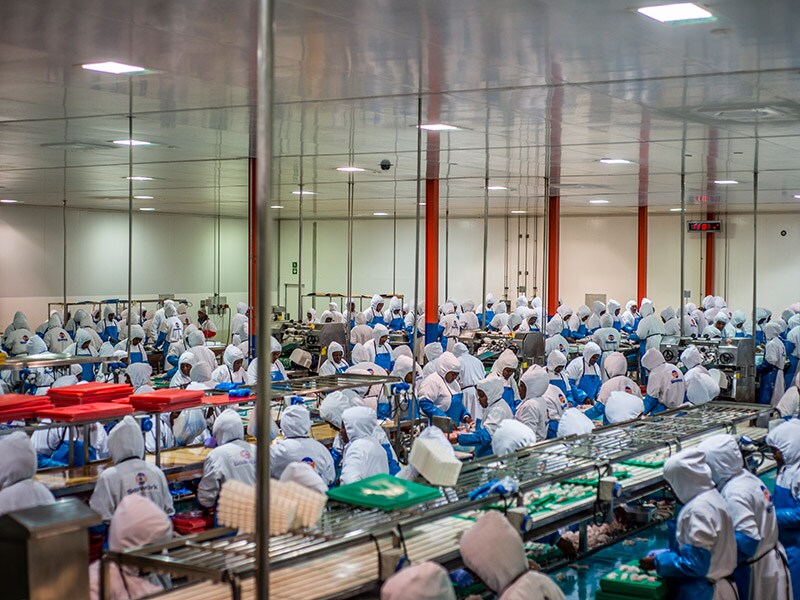
A sea change in our outlook, and not a changing tide, will determine the future of oceanic resources
World Oceans Day is an urgent reminder of the reckless exploitation of precious oceanic resources and the need to develop sustainable measures to protect them
 This screen grab made from a video taken on May 26, 2023, and released on May 30 by the US Indo-Pacific Command shows a J-16 fighter pilot from China flying in front of the nose of a US Air Force RC-135 aircraft over the South China Sea in international airspace. Image: Handout / DVIDS / AFP
This screen grab made from a video taken on May 26, 2023, and released on May 30 by the US Indo-Pacific Command shows a J-16 fighter pilot from China flying in front of the nose of a US Air Force RC-135 aircraft over the South China Sea in international airspace. Image: Handout / DVIDS / AFP
Maritime boundary disputes have engaged certain nations more than the real problem they should be focusing on—pollution, destruction of aquatic habitats, overfishing, and acidification of our oceans. The importance of strong environmental policies to protect ocean health and conserve marine life which provides food for billions and job opportunities for millions worldwide is the need of the hour.
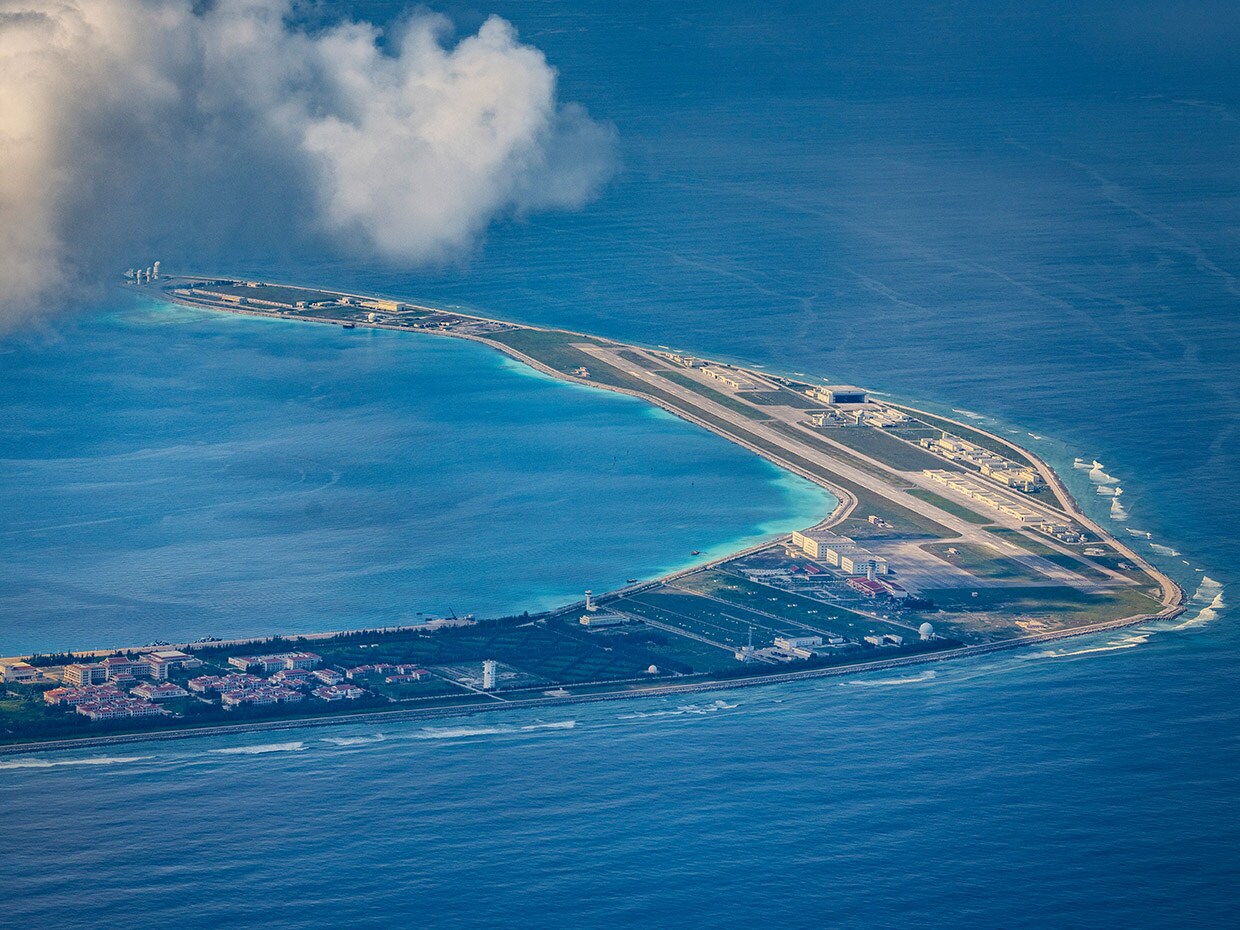 An airfield, buildings, and structures are seen on the artificial island built by China in Mischief Reef on October 25, 2022, in the Spratly Islands, South China Sea. China has progressively asserted its claim of ownership over disputed islands by artificially increasing the size of islands, creating new islands and building ports, military outposts and airstrips. Image: Ezra Acayan/Getty Images
An airfield, buildings, and structures are seen on the artificial island built by China in Mischief Reef on October 25, 2022, in the Spratly Islands, South China Sea. China has progressively asserted its claim of ownership over disputed islands by artificially increasing the size of islands, creating new islands and building ports, military outposts and airstrips. Image: Ezra Acayan/Getty Images
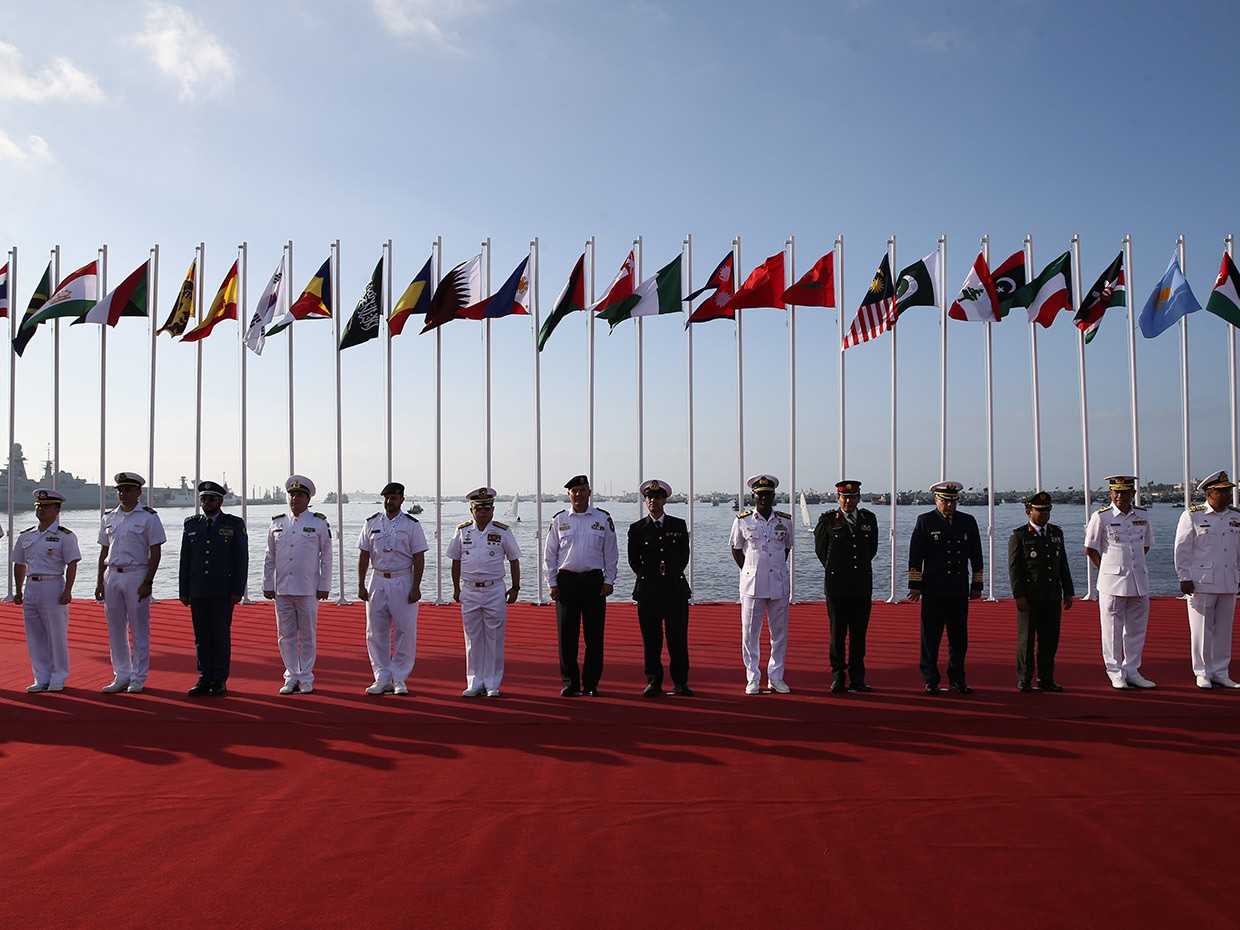
Led by Pakistan, a five-day multinational naval exercise involving 50 countries, including Turkiye, the US, and China, began in the Arabian Sea in Pakistan on February 10, 2023. Regional countries such as Saudi Arabia, Oman, Kuwait, Bangladesh, Sri Lanka, and Indonesia, as well as African Union countries, are taking part in the event with ships, aircraft, special operations forces, marine teams, and observers. Image: Muhammed Semih Ugurlu/Anadolu Agency via Getty Images
Also read: Rise in ocean plastic pollution 'unprecedented' since 2005
